Multi-peak MPPT Control Based on Variable Step Disturbance Observation Method and Butterfly Optimization Algorithm
DOI: 10.23977/jeis.2023.080410 | Downloads: 20 | Views: 1428
Author(s)
Bohui Wu 1, Zhongli Wang 1, Jiatong Jiang 1
Affiliation(s)
1 School of Electrical and Information Engineering, Beihua University, Jilin City, Jilin Province, China
Corresponding Author
Zhongli WangABSTRACT
Photovoltaic power generation has attracted more and more attention in the field of new energy applications, and the maximum power point tracking technology is the critical link of the photovoltaic power generation system. In the case of partial shading, the output power curve of the photovoltaic array presents a multi-peak phenomenon, and the traditional MPPT algorithm is easy to fall into the optimal local solution when tracking the maximum power, while the traditional butterfly algorithm has slow convergence and low optimization accuracy in the tracking process. In order to reduce the loss of output power of photovoltaic system, an MPPT control method combining butterfly algorithm with adaptive inertia weight and variable step size disturbance observation method is proposed. In the butterfly algorithm, the population randomly generates the initial solution, and the crossover mutation operation is carried out on the population. The inertia weight is constantly updated with the increase of iteration times, which can reduce the oscillation amplitude in the tracking process, increase the robustness of the algorithm search, and achieve the purpose of global search. Then, the perturbation observation method with variable step size is used to accelerate the convergence speed and accuracy. The simulation results show that compared with the traditional perturbation observation method and butterfly optimization algorithm, the proposed algorithm can find the maximum power point stably, quickly, and accurately in the case of sudden illumination change, which significantly improves the performance of MPPT.
KEYWORDS
Photovoltaic generation system; MPPT; Butterfly optimization algorithm; Disturbance observation method; Partial shadingCITE THIS PAPER
Bohui Wu, Zhongli Wang, Jiatong Jiang, Multi-peak MPPT Control Based on Variable Step Disturbance Observation Method and Butterfly Optimization Algorithm. Journal of Electronics and Information Science (2023) Vol. 8: 57-65. DOI: http://dx.doi.org/10.23977/10.23977/jeis.2023.080410.
REFERENCES
[1] Jalil Mohd Faisal, Khatoon Shahida, Nasiruddin Ibraheem, Bansal R. C. Review of PV array modelling, configuration and MPPT techniques[J]. International Journal of Modelling and Simulation, 2022, 42(4).
[2] Gayathri Monicka Subarnan, Karthikeyan Madhu, Manimegalai Damodaran. A Review on Investigation of PV Solar Panel Surface Defects and MPPT Techniques[J]. Recent Advances in Electrical & Electronic Engineering, 2022, 15(8).
[3] Saidi K, Maamoun M, Bounekhla M. A new high performance variable step size perturb-and-observe MPPT algorithm for photovoltaic system[J]. International Journal of Power Electronics and Drive Systems, 2019, 10(3):1662.
[4] Lv Guanxi, Bai Di. Research on MPPT control strategy based on the Perturbation observation method[J]. Journal of Physics: Conference Series, 2023, 2474(1).
[5] Mishra Jyotismita, Das Subhadip, Kumar Deepak, Pattnaik Monalisa. A novel auto‐tuned adaptive frequency and adaptive step‐size incremental conductance MPPT algorithm for photovoltaic system[J]. International Transactions on Electrical Energy Systems, 2021, 31(10).
[6] Priyanka Singh, Nitin Shukla, Prerna Gaur. Modified variable step incremental-conductance MPPT technique for photovoltaic system[J]. International Journal of Information Technology, 2020, 13(6).
[7] Ahmadi S H S, Karami M, Gholami M, et al. Improving MPPT Performance in PV Systems Based on Integrating the Incremental Conductance and Particle Swarm Optimization Methods[J]. Iranian Journal of Science and Technology, Transactions of Electrical Engineering, 2022(1):46.
[8] Sundareswaran K, Kumar V V, Palani S. Application of a combined particle swarm optimization and perturb and observe method for MPPT in PV systems under partial shading conditions[J]. Renewable Energy, 2015, 75.
[9] Yang B, Yu T, Zhang X, et al. Dynamic leader based collective intelligence for maximum power point tracking of PV systems affected by partial shading condition[J]. Energy Conversion and Management, 2019, 179:286-303.
[10] Debnath D, Soren N, Pandey A D, et al. Improved Grey Wolf assists MPPT Approach for Solar Photovoltaic System under Partially Shaded and Gradually Atmospheric Changing Condition[J]. International energy journal, 2020(1):20.
[11] Qais, Mohammed H. Hasanien, Hany M. Alghuwainem, Saad. Enhanced whale optimization algorithm for maximum power point tracking of variable-speed wind generators[J]. Applied Soft Computing, 2020, 86.
[12] Karthikeyan M, Manimegalai D. Jellyfish Search Algorithm for MPPT in Photovoltaic Systems Under Partial Shading Conditions [J]. Fluctuation and Noise Letters, 2023, 22(02).
[13] Kececioglu O F. Design of type-2 fuzzy logic controller optimized with firefly algorithm for maximum power point tracking of photovoltaic system based on super lift Luo converter [J]. International journal of numerical modelling: Electronic networks, devices and fields, 2022(4):35.
[14] Fathi M, Parian J A. Intelligent MPPT for photovoltaic panels using a novel fuzzy logic and artificial neural networks based on evolutionary algorithms[J]. Energy Reports, 2021, 7(31):1338-1348.
[15] Touil S A, Boudjerda N, Boubakir A, et al. A sliding mode control and artificial neural network based MPPT for a direct grid-connected photovoltaic source[J]. Asian Journal of Control, 2019.
[16] Bisht R, Sikander A. An improved method based on fuzzy logic with beta parameter for PV MPPT system[J]. Optik, 2022, 259.
| Downloads: | 13850 |
|---|---|
| Visits: | 586916 |
Sponsors, Associates, and Links
-
Information Systems and Signal Processing Journal
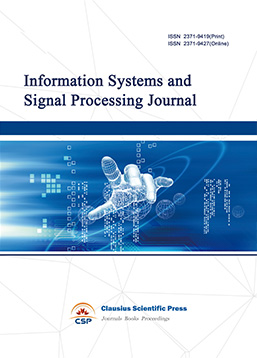
-
Intelligent Robots and Systems
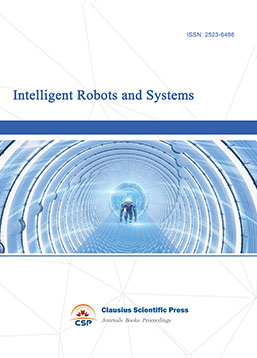
-
Journal of Image, Video and Signals
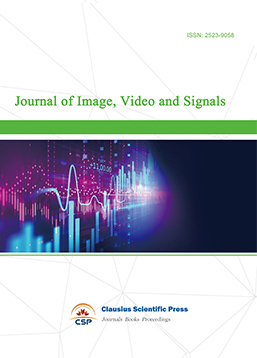
-
Transactions on Real-Time and Embedded Systems
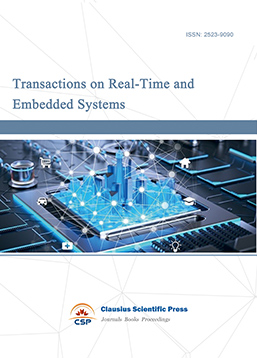
-
Journal of Electromagnetic Interference and Compatibility
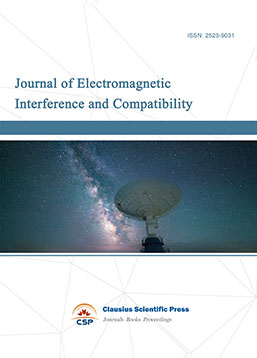
-
Acoustics, Speech and Signal Processing
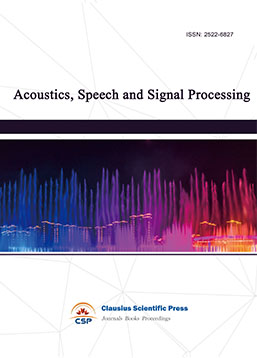
-
Journal of Power Electronics, Machines and Drives
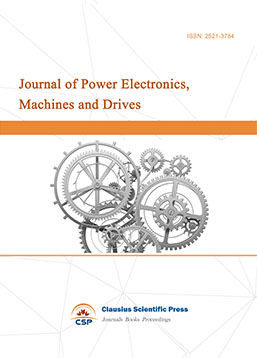
-
Journal of Electro Optics and Lasers
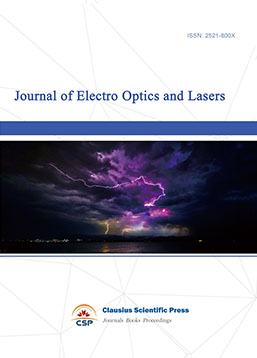
-
Journal of Integrated Circuits Design and Test
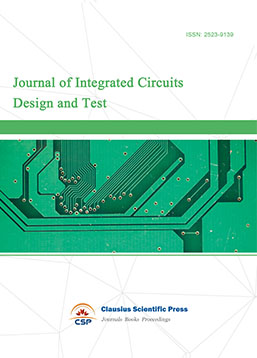
-
Journal of Ultrasonics
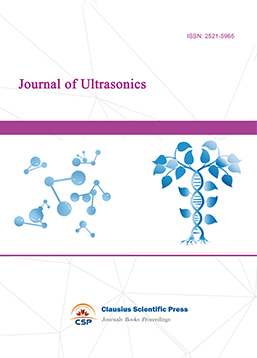
-
Antennas and Propagation
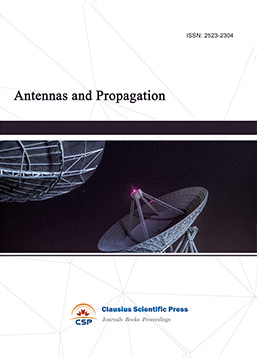
-
Optical Communications
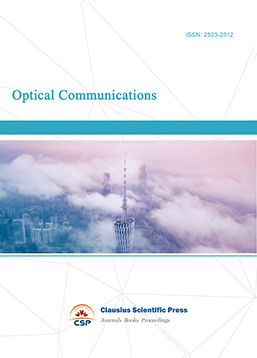
-
Solid-State Circuits and Systems-on-a-Chip
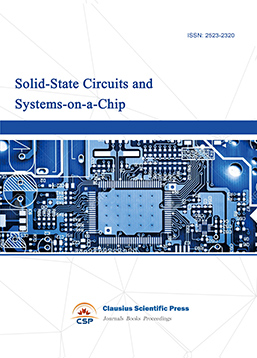
-
Field-Programmable Gate Arrays
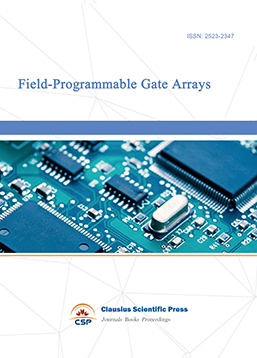
-
Vehicular Electronics and Safety

-
Optical Fiber Sensor and Communication
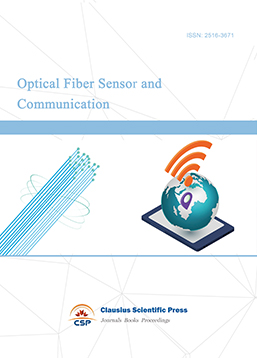
-
Journal of Low Power Electronics and Design
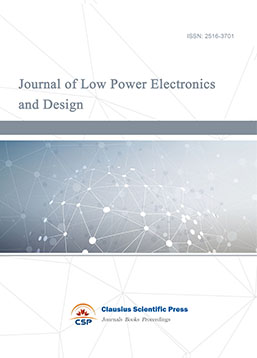
-
Infrared and Millimeter Wave
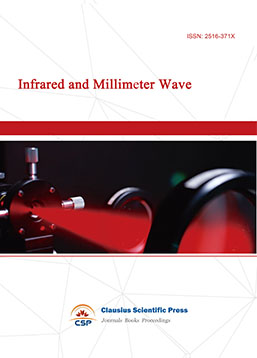
-
Detection Technology and Automation Equipment

-
Journal of Radio and Wireless
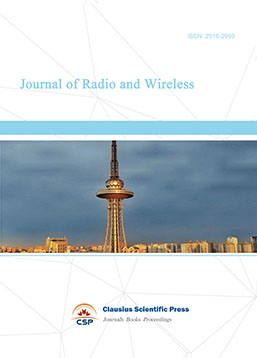
-
Journal of Microwave and Terahertz Engineering
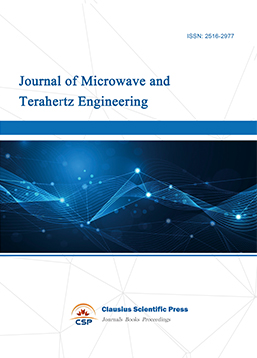
-
Journal of Communication, Control and Computing
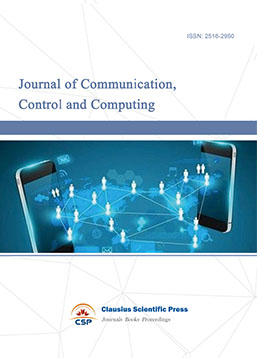
-
International Journal of Surveying and Mapping
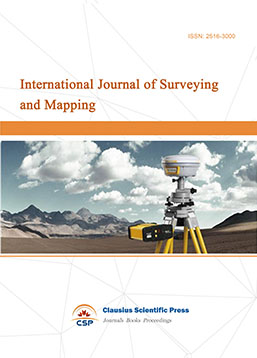
-
Information Retrieval, Systems and Services
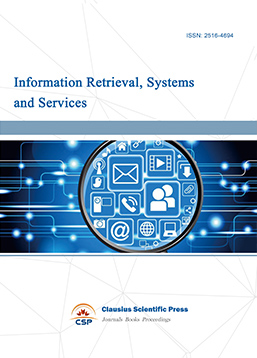
-
Journal of Biometrics, Identity and Security
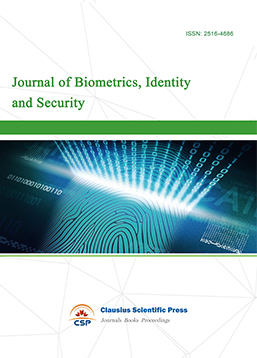
-
Journal of Avionics, Radar and Sonar
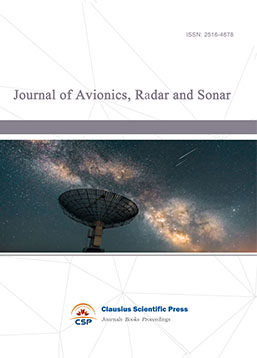

 Download as PDF
Download as PDF